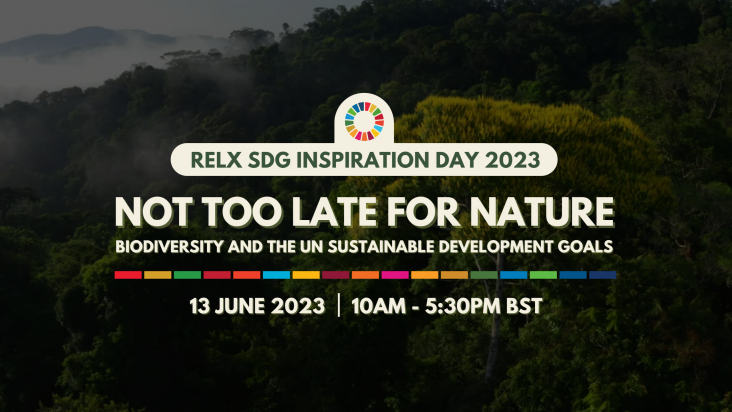This chapter advances UN SDG goals 11, 13, and 9 by examining how cities can transform in the face of climate change and socio-ecological crises to become more sustainable and resilient.
To address the Grounwater contamination, CrowdWaterSens, an uncertainty-aware graph neural network framework, examines the uncertainty and spatial irregularity of the crowdsensing groundwater contamination data and its relevant anthropogenic context to accurately estimate groundwater nitrate concentration.
Elsevier,
Wind Energy Engineering (Second Edition), A Handbook for Onshore and Offshore Wind Turbines, 2023, Pages 475-487
This chapter aligns with Goals 7, 9 and 12 by assessing the interconnections between - and environmental implications of - wind energy development and use of rare earth elements.
Results from this study contribute to define a complete set of environmental and social data and information, which can help European decision makers to define new criteria for sustainable management of the waste plastics of interest. A new methodological approach has been proposed: it appears able to be applied in future research projects involving innovative management options.

This paper explores the potential implementation of the Consumption Footprint rationale to define a footprint indicator for the EU Bioeconomy, henceforth ‘Bioeconomy Footprint’. This indicator can be a powerful tool for a comprehensive and effective monitoring of the bioeconomy sectors: to capture environmental impacts over time, identifying environmental hotspots, highlighting geographic and sectorial trade-offs, and identifying burden shifts among impact categories and along the supply chain.
This study aims to identify the factors that constrain and enable the sustainability of reusable packaging systems, considering environmental, economic, social and technical dimensions. This research is critical to the effective implementation and scale-up of reusable packaging systems.
The main idea of this work is: To provide a brief review of India's capability for the deployment of carbon capture, utilization, and storage technology on a large scale.

This article is an in-depth analysis of the challenges and solutions for the circular economy. This article relates to SDG 12, Responsible Consumption and production.
This study investigates three Mediterranean coastal lagoons to study harmful algae and pathogens on plastic debris.

Register today for the ninth RELX SDG Inspiration Day - a free, online event for thought leaders, corporate representatives, students, investors, government and NGOs to explore issues, gain practical insights and be inspired to take action in support of the UN Sustainable Development Goals.
